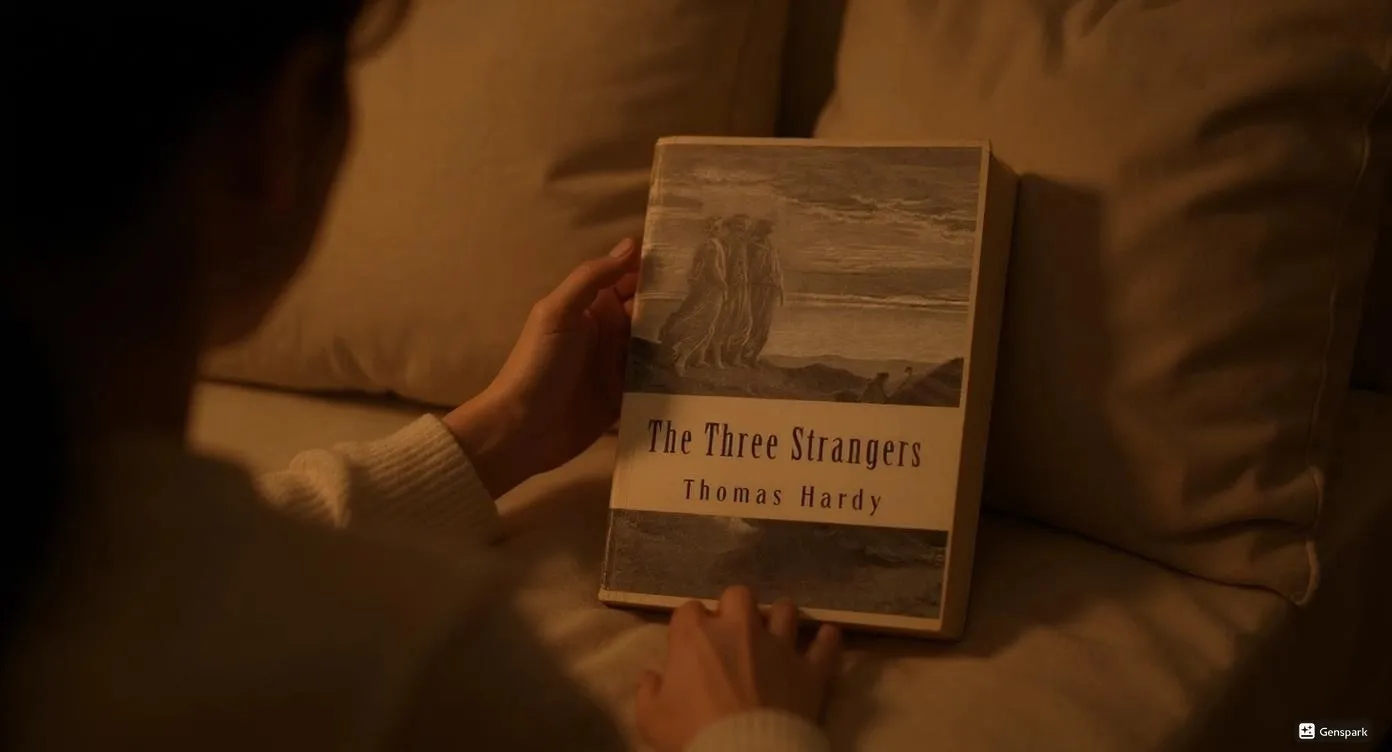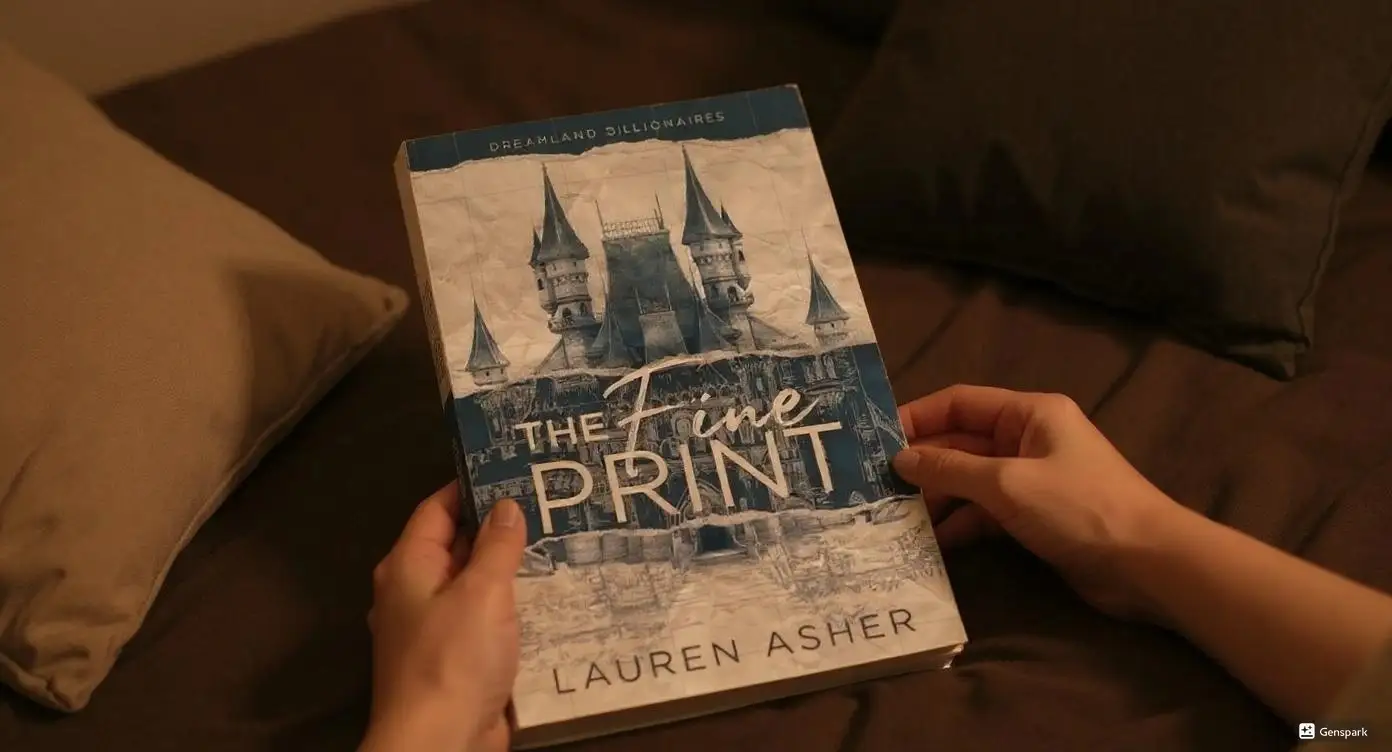I tore through Of Monsters and Mainframes by Barbara Truelove in two late-night sittings. If you love stories that mash up pulp horror, classic sci-fi, and queer found family, this book will hit the spot. I laughed at the sharp humor and felt real heart behind the quirky monster crew.
Key Takeaways
Of Monsters and Mainframes mixes horror, sci-fi, and humor.
This makes a new and surprising story. It is good for people who like different types of books.
The book has a strong main character. The main character is easy to understand.
There is also a group of monsters. They are all different. They act like a family.
Their friendship adds feeling and meaning to the story.
The book is very funny and moves quickly. It has ideas that include everyone.
Who Will Love This Book
Genre Fans
I know that feeling when you pick up a book and just know it was written for your kind of reader. If you love classic sci-fi, dark fantasy, or stories with a monster twist, you’ll probably feel right at home here.
I noticed that a lot of fantasy fans are adults in their 30s and 40s, and women make up more than half of this group. That means strong female leads and diverse stories really matter. Here’s what I’ve seen about who gets hooked on these themes:
Adults over 18, especially in their 30s and 40s, love fantasy and dark fantasy.
Women now make up about 54% of fantasy readers, so stories with strong women and fresh voices stand out.
Millennials and Gen Z are all in for subgenres like romantic fantasy and LitRPG.
Classic series still pull in readers of all ages, showing that traditional fans stick around.
Unique Appeal
I have to give props to books that mix things up. Genre-blending fiction, like this one, pulls in readers who want something different. Here’s why I think this book stands out:
It mixes horror, sci-fi, and humor, so it feels fresh and unpredictable.
Genre-blending attracts readers from all kinds of backgrounds, not just the usual fans.
Books like “The Handmaid’s Tale” and “American Gods” prove that mixing genres can create something unforgettable.
The market keeps asking for new voices and stories, and this book delivers.
If you’re tired of the same old stories and want a book that surprises you, this one might be your next favorite.
Of Monsters and Mainframes by Barbara Truelove: Premise

Setting and World
I love when a book drops me into a place that feels both strange and real. Of Monsters and Mainframes by Barbara Truelove does this right away. The story takes place in a future city where monsters and humans work side by side.
The city buzzes with odd tech, neon lights, and the smell of fried street food. I could almost hear the hum of old computers and the chatter of creatures at midnight diners.
The world feels alive because every detail matters. I noticed how the author uses small things—like the way monsters order coffee or fix broken gadgets—to make the setting believable.
Science fiction stories like this one pull me in with their wild ideas, but it’s the little things that keep me hooked. I want to see how monsters and humans solve problems together.
Reviewers say strong worldbuilding helps readers connect with the story. It gives everyone a way in, whether you love tech, monsters, or just a good underdog tale.
I kept thinking about books by Ursula K. Le Guin and Kim Stanley Robinson. They also build places that feel real, even if they’re totally made up.
Genre Blend
This book doesn’t stick to one lane. It mixes horror, sci-fi, and a dash of comedy. I found myself laughing at a monster’s dry joke, then feeling a chill when the mainframe glitched. The story jumps between heart and humor, never letting me get too comfortable.
The narrative structure feels fresh. It reminds me of how some scholars talk about stories that break the usual rules. They blend fact and fiction, diary entries, and even photos to keep things interesting.
I noticed the book’s originality. It doesn’t just copy old monster tales or classic sci-fi. Instead, it plays with both, making something new.
The story feels open and participatory, almost like I’m part of the monster crew. That’s rare and pretty cool.
To be fair, not every blend works for everyone. But here, the mix of genres made me want to keep reading, just to see what wild thing would happen next.
Plot and Characters

Main Events
I have to admit, I started this book thinking I’d read a chapter or two before bed. Instead, I found myself wide awake, flipping pages, and muttering, “Just one more.” The plot in Of Monsters and Mainframes by Barbara Truelove follows a classic structure, but the ride feels anything but ordinary.
Here’s how the story unfolds:
Exposition: The book opens with Demeter, a tech-savvy outcast, working the night shift in a city where monsters and humans try to get along. Right away, I felt the tension between the old rules and the new world.
Rising Action: A glitch in the city’s mainframe kicks off the chaos. Demeter and her monster crew get pulled into a mystery that keeps growing. Each chapter adds a new twist—missing data, strange disappearances, and secrets nobody wants to talk about.
Climax: Everything comes to a head when the crew faces off against a threat that could destroy their fragile peace. I could feel my heart race as the stakes climbed higher.
Falling Action: The aftermath brings smaller battles and tough choices. The crew has to clean up the mess and face the fallout from their decisions.
Resolution: The story wraps up with real closure. Demeter and her friends find new ways to belong, and the city feels changed for good.
Plot diagrams and narrative frameworks like Freytag’s arc help me see how the tension rises and falls. I noticed the book uses these beats to keep the story moving. Automated tools like Coh-Metrix would probably show strong cohesion here, with each event building on the last. I also spotted the emotional arc—hope, fear, relief—mirroring the “rags-to-riches” pattern found in big studies of novels.
The conflicts in this book feel real and layered. I saw:
Man vs. Society: Demeter and her crew push against the city’s rules and prejudices.
Man vs. Self: Demeter struggles with her own doubts and fears.
Man vs. Man: There’s plenty of clashing personalities and rivalries within the team.
I love how the story balances big, pulse-pounding moments with quiet, emotional beats. The pacing kept me hooked, and I never felt lost or bored.
Demeter and the Monster Crew
Demeter stands out as one of my favorite leads in recent memory. She’s awkward, stubborn, and sometimes a little too honest. I saw myself in her late-night worries and her need to belong. The monster crew around her brings the story to life.
Each member feels like more than just a sidekick—they have their own quirks, secrets, and reasons for sticking together.
The team’s chemistry reminded me of those “found family” stories I always crave. Here’s what I noticed about their dynamics:
Best Mate: Demeter and her closest friend share a trust that feels earned, not forced.
Former Enemy: One crew member used to be on the other side, and that tension never fully disappears.
Superiority Complex: Rivalries pop up, especially when egos clash over who’s the smartest in the room.
Love in the Air: There’s a slow-burn romance that made me grin and groan in equal measure.
Like a Daughter: Some bonds feel almost parental, with older monsters looking out for the younger ones.
I’ve seen reviews and game design notes that talk about using pre-game questions to build these kinds of relationships. This book nails it. The crew feels like a real group, with inside jokes, old grudges, and moments of awkward silence. Templates for team chemistry—trusted, familial, awkward, competitive—show up in every chapter.
Trusted pairs remind me of “old war buddies.”
Familial ties echo “childhood friends” or “siblings.”
Awkward alliances keep things interesting, especially when the mission gets risky.
Competitive streaks lead to some of the funniest and most honest moments.
Style and Tone
Humor and Voice
I have to give props to the dry, sarcastic humor in this book. The narrator’s voice feels self-aware, almost like it’s in on the joke with me. I kept thinking about the Murderbot series, where the main character’s snarky comments make even the darkest moments feel lighter. Here, the humor comes from:
Characters poking fun at their own mistakes.
Awkward situations that feel painfully real.
Quick, witty dialogue that made me laugh out loud.
Writers like David Sedaris and Tina Fey use this kind of self-deprecating humor. They show their flaws and invite readers to laugh with them, not at them. Mark Twain and James Thurber did the same, using exaggeration and irony to keep things playful. I noticed the book’s voice never tries too hard. It just feels honest, like a friend telling me a wild story over coffee.
The best part? The humor never hides the real feelings underneath. I could sense the pain, hope, and longing behind every joke.
Pacing and Structure
The pacing here kept me on my toes. Short chapters and snappy dialogue made the story move fast. I never felt stuck or bored. The structure reminded me of a good TV show—each scene builds on the last, with just enough time to breathe before the next twist.
Studies on dialogue and pacing in screenplays show that quick exchanges and clear structure help keep readers hooked. I saw that here. The book balances action with quiet moments, letting me catch my breath before things get wild again. The mix of humor and heart made the emotional beats hit even harder.
Themes
Found Family
I always fall for stories where a group of misfits becomes a real family. This book nails that feeling. Demeter and her monster crew start out as strangers, but they slowly build trust. I saw them share food, secrets, and even bad jokes. Their bond felt real, not forced.
The crew supports each other through every glitch and scare.
They argue, but they always have each other’s backs.
I loved how the story showed that family isn’t just about blood—it’s about who sticks around when things get tough.
I found myself rooting for their friendships more than the big plot twists. That’s rare for me.
Queer Representation
Queer stories matter to me, and this book treats them with care. Demeter’s identity isn’t a plot twist or a problem to solve. It’s just part of who she is. The crew includes all kinds of relationships and identities, and nobody makes a big deal out of it.
A recent study looked at LGBTQ-inclusive books and found that positive, everyday moments and diverse families help readers feel seen. This book does the same.
Characters support each other, no matter who they love.
The story uses humor and warmth, not stereotypes.
I saw queer joy, not just struggle.
Sci-Fi and Horror Elements
I got chills from the tech gone wrong and the monsters lurking in the shadows. The book mixes sci-fi gadgets with classic horror vibes.
Glitchy mainframes and neon-lit streets set the mood.
Monsters aren’t just scary—they’re funny, sad, and sometimes sweet.
The story balances jump scares with real heart.
I couldn’t put it down because I wanted to see what wild thing would happen next.
Strengths and Weaknesses
What Works Well
I have to give props to the way this book kept me glued to the page. The humor hit just right—dry, sharp, and never forced. I found myself laughing at the crew’s banter and then feeling a real tug at my heart when things got tough.
The writing style felt clear and easy to follow, which made the story move fast. I loved how the author balanced big, chilling moments with small, honest ones. The monster crew felt like real people to me, each with their own voice and quirks.
The story’s pacing kept me turning pages late into the night.
Dialogue sounded natural and made the characters stand out.
The mix of genres felt fresh, not confusing.
Emotional moments landed without feeling cheesy.
The book’s layout and chapter breaks made it easy to read in quick bursts.
I noticed the author never lost sight of the main idea. Every scene pushed the story forward or deepened the crew’s bond. That’s rare.
Areas to Improve
To be fair, not everything worked perfectly for me. Sometimes the story jumped between scenes a bit too quickly. I wanted a little more time to sit with the big moments. A few side characters faded into the background, and I wished for more details about their stories. The ending wrapped up fast, and I felt like some questions stayed unanswered.
Some transitions felt rushed, making it hard to keep track of the action.
A couple of plot threads could have used more closure.
The worldbuilding sometimes leaned on familiar sci-fi tropes.
I missed having a map or glossary to help with the city’s layout and monster types.
I always look for books that balance fun with depth. This one came close, but a bit more polish could have made it even stronger.
I finished Of Monsters and Mainframes by Barbara Truelove feeling both entertained and seen. If you love quirky monster crews, dry humor, and stories that mix genres, this one’s for you. Clear trends in reader reviews show strong engagement and honest reactions.
Sip The Unknown—Discover Stories You Never Knew You’d Love!
Dionysus Reviews Has A Book For Every Mood
Biography & Memoir
Fiction
Mystery & Detective
Nonfiction
Philosophy
Psychology
Romance
Science Fiction & Fantasy
Teens & Young Adult
Thriller & Suspense
Frequently Asked Questions
Is “Of Monsters and Mainframes” scary or more funny?
I found it more funny than scary. The monsters made me laugh, but a few scenes gave me chills. The humor always wins out.
Do I need to love sci-fi to enjoy this book?
Nope! I like sci-fi, but the story focuses on the characters and their friendships. You can enjoy it even if you’re new to the genre.
Will there be a sequel?
I haven’t seen any official news about a sequel. The ending leaves room for more, so I’m hoping the author writes another adventure!









